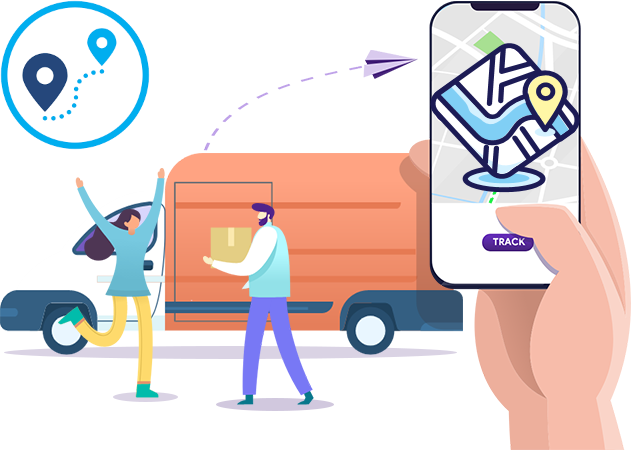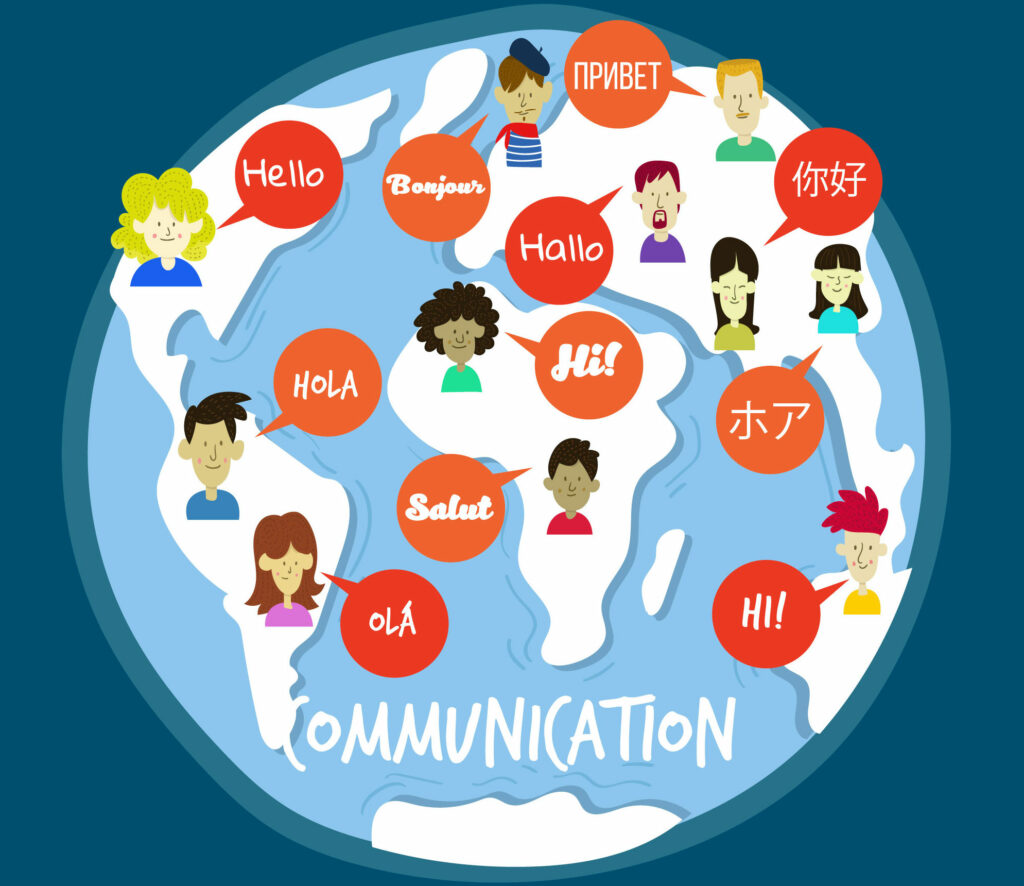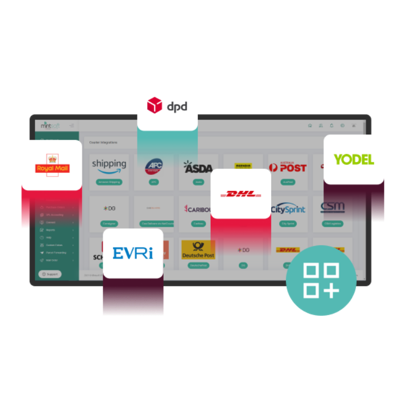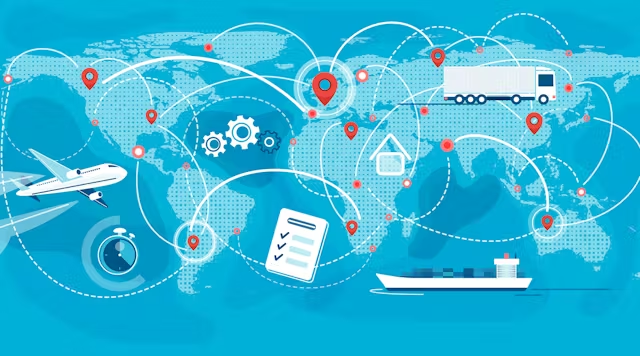Global Logistics Tracking Secrets They Don’t Tell You
In today’s world of global shipping, customers expect fast, accurate, and real-time delivery updates. But when a package crosses borders, keeping track of it becomes tricky. From customs delays to incompatible tracking systems, the process of global logistics tracking and tracing faces many challenges. Thankfully, there are also smart solutions that help companies like PostalParcel ensure smooth cross-border deliveries.
Let’s dive into the key issues and how businesses can solve them.

Why Global Logistics Tracking and Tracing Matters
Global logistics tracking and tracing is monitoring shipments as they move through different countries, carriers, and customs points. It provides visibility across the entire shipping journey, from the warehouse to the customer’s door. With the rise of eCommerce and global shipping, tracking is not just a “nice-to-have”—it’s essential for building trust and reducing risk.
Common Challenges in Cross-Border Shipment Tracking
1. Lack of Standardized Tracking Systems
Each country and carrier may use different systems and formats for shipment updates. For example, a package might have a tracking number from a local courier in China, but that number won’t work once the parcel enters the EU or the U.S.
This lack of standardization makes global logistics tracking and tracing difficult. Customers are often confused when tracking links don’t work, or when updates stop after a certain checkpoint.
2. Language and Data Format Barriers
Shipment data may be stored in different languages or formats. Some tracking systems show updates in local languages, which international customers may not understand. Data syncing between systems also becomes difficult when formats don’t match.

3. Customs and Border Delays
Customs clearance is a major obstacle in global shipping. Packages often get held for inspection or paperwork issues. Tracking systems may not show detailed reasons for the delay, leaving both sender and recipient in the dark.
4. Handover Between Multiple Carriers
In cross-border shipping, one package might be handled by three or more carriers. For example, an order from the U.S. to Australia might go from USPS to an air freight company and then to a local courier. Without unified global logistics tracking and tracing, visibility can disappear during these handovers.
5. Time Zone and Operational Differences
Shipping companies operate in different time zones and may not update tracking data in real time. A carrier in Asia may update the status 8–12 hours later, while customers in Europe are already expecting delivery.
Practical Solutions to Improve Tracking and Tracing
At PostalParcel, we’ve seen these challenges firsthand. But we’ve also adopted key strategies that improve tracking accuracy and transparency.
1. Unified Tracking Portals
One major solution is to use a centralized tracking platform that collects data from multiple carriers. PostalParcel’s system integrates global shipping updates into one dashboard, so both customers and sellers get a single tracking link from checkout to delivery.

2. Carrier API Integrations
Modern tracking systems use carrier APIs to fetch real-time updates. This helps bridge the gap between local and international carriers. With smart integrations, global logistics tracking and tracing become smoother, even across complex routes.
3. Multi-language Support
To overcome language barriers, PostalParcel offers tracking updates in multiple languages, making it easier for international customers to understand where their package is and what’s happening next.
4. Proactive Delay Notifications
Instead of waiting for a complaint, advanced tracking systems now send proactive alerts when delays occur. Whether it’s customs clearance or weather issues, keeping the customer informed improves trust and satisfaction.
5. End-to-End Visibility
Modern systems now offer end-to-end visibility- even across borders- using GPS, barcode scanning, and cloud-based updates. This helps businesses monitor shipping performance, reduce lost packages, and improve delivery accuracy.

How PostalParcel Supports Cross-Border Shipping
PostalParcel specializes in simplifying global shipping for businesses and individuals. Our logistics partners include both national postal services and commercial couriers, allowing us to track every leg of a shipment’s journey. We ensure that packages don’t get “lost in transit” by combining:
- Multi-carrier tracking data
- Real-time update notifications
- Full customs documentation support
- Global delivery estimates and routing logic
With Postal Parcel, you can trust that your shipment will be tracked from origin to destination—no matter how many borders it crosses.
The Future of Global Logistics Tracking and Tracing
Technology continues to evolve. Soon, AI and machine learning will predict delays before they happen. Blockchain might create tamper-proof tracking records. IoT devices could transmit package conditions in real time (like temperature or tilt).
The future of global logistics tracking and tracing is about more than just “where is my package?” It’s about full control, better decisions, and happier customers.

Conclusion
Cross-border shipping is complex, but that doesn’t mean tracking has to be. With the right tools and strategies, businesses can offer reliable, transparent delivery updates that build trust and improve global trade.
At PostalParcel, we’re committed to making global logistics tracking and tracing simpler, smarter, and faster. Whether you ship one package or a thousand, we help you stay in control—every step of the way.
Industry Insights
news via inbox
Nulla turp dis cursus. Integer liberos euismod pretium faucibua








